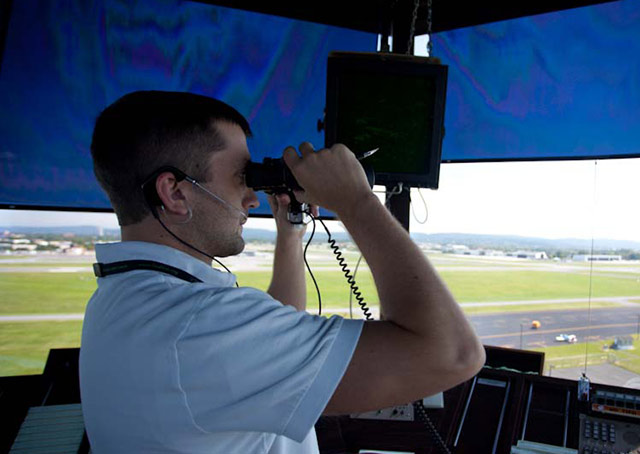
An aircraft has taken off from a private airstrip, inbound for landing at an airport in Class D airspace. The control tower is in operation, so when the aircraft is about 15 miles out, the pilot establishes two-way radio communications and reports his position as 15 miles east.
Scanning the area with binoculars, the air traffic controller does not see the aircraft yet. (It is a little hazy in that direction, but still well above VFR minimums.) Traffic is light, so the controller instructs the flight to continue inbound, and requests that the pilot give a position report when two miles out.
The pilot complies. It is then that the controller spots the aircraft—not arriving from the east as reported, but rather inbound from the west (on an easterly heading).
This scenario and its variants occur frequently enough that it was included in a recent discussion between several air traffic controllers and local pilots at a nonradar-control-tower airport. The pilots wanted to hear the controllers' suggestions on how everyone could work together better.
Confusing the inbound heading with the aircraft’s position relative to the airport—they are reciprocal, that is, an aircraft inbound from the south would be on a northerly heading—was one example controllers offered of why pilots need to sharpen their situational awareness.
In another scenario also originating from the controller not having visual contact with an inbound flight, the tower controller asked the pilot if the aircraft was better positioned for a left downwind leg or a right downwind leg.
The pilot selected the left downwind. But that choice resulted in the aircraft flying across the departure corridor to reach the far side of the pattern—an unnecessary collision hazard that the pilot had either failed to visualize or failed to appreciate as risky.
A quick refresher/quiz on tower-airport radio communications illustrates another area of procedural weakness that controllers observe: At what point after landing should a pilot switch from the tower frequency to ground control? Some pilots switch while still on the runway; others wait until they have cleared. In all cases, the proper method is explained on Page 4-3-17 of the Aeronautical Information Manual: "A pilot who has just landed should not change from the tower frequency to the ground control frequency until directed to do so by the controller."



